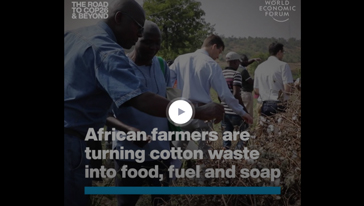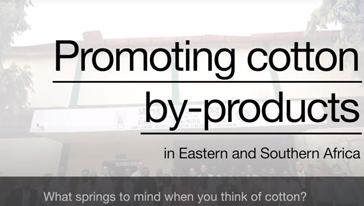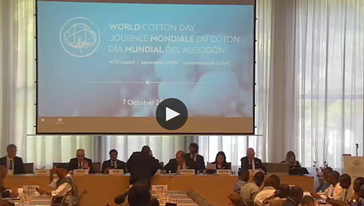agriculture
WTO, ITC and UNCTAD initiative on cotton by-products
The initiative on cotton by-products — established through the WTO, ITC and UNCTAD in 2018 — aims to help least-developed countries generate additional revenue streams from the production, processing, and trade of cotton. The initiative was requested by four African cotton-producing countries — Benin, Burkina Faso, Chad and Mali — known as the Cotton Four.
News
Cotton by-products
Cotton is grown mainly for its fibre or lint, the raw material in cotton textiles. However, commercial potential also exists for other parts of the cotton plant, such as the seeds, stalks, hulls and linters. These are commonly labelled as cotton by-products. They are used extensively in several cotton-producing countries to obtain, for instance, protein-rich edible oil and phosphorous-rich animal feed.
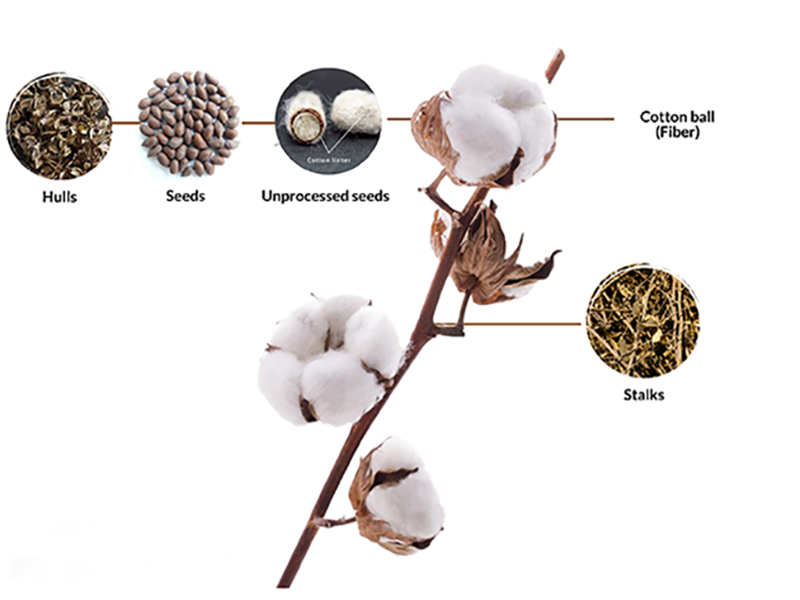
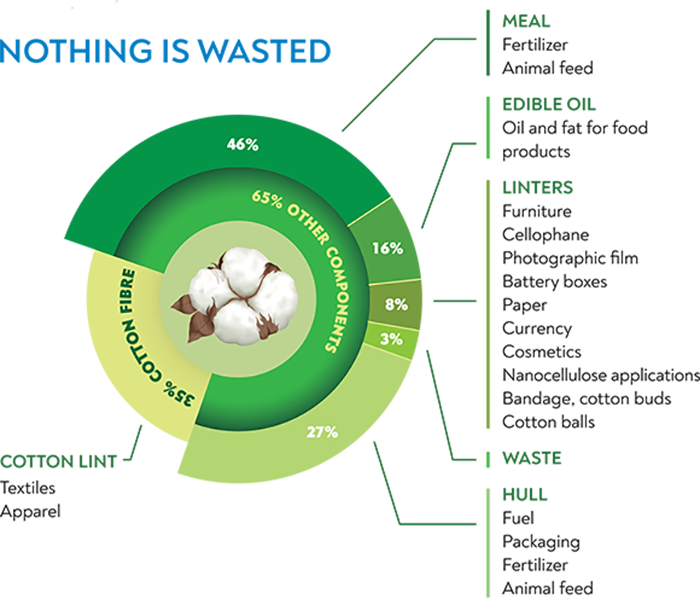
Cotton by-products can generate important revenues for farmers, processors and traders in various countries. However, evidence suggests that in least-developed countries (LDCs) the potential to generate additional revenue from cotton-related activities is largely unexploited.
The Cotton Four (C-4) countries — Benin, Burkina Faso, Chad and Mali — requested at the end of 2018 that the secretariats of the WTO, the United Nations Conference on Trade and Development (UNCTAD) and the International Trade Centre (ITC) work together to support the efforts of cotton-producing LDCs to exploit the value of cotton by-products, including for trade.
Nairobi Decision
Under the 2015 Nairobi Ministerial Decision on Cotton , developed countries and developing countries in a position to do so have committed to grant, to the extent provided for in their respective preferential trade arrangements, duty-free and quota-free market access for exports of cotton and cotton-related agricultural products from LDCs. These cotton-related agricultural products are listed in the Annex to the Nairobi Decision, and include important products such as cottonseed oil for human consumption and cottonseed cake used as phosphorus-rich animal feed.
The C-4 and other cotton producing LDCs have underscored various supply-side constraints hindering their ability to exploit the full value of cotton by-products. These constraints include:
- poor infrastructure: roads, transportation means, electricity
- limited access to technology, e.g. de-gossypol technology for detoxification of cottonseed, technology for processing cotton stalks, modern oil extraction equipment, etc.
- lack of financial support to oil millers to stock cottonseed for the entire year
- shortage of specialized professionals and technicians
- limited storage capacity/availability of raw materials
- fragmented institutional structure to oversee the entire cotton value chain
- high credit costs to upgrade existing machinery or purchase new equipment/technology.
Request for a joint initiative
To create additional revenue streams from the production, processing, and trade of cotton, the C-4 requested the WTO, UNCTAD and ITC to work jointly towards two core objectives:
- increase the standard of living of women and other vulnerable and marginalized groups in cotton by-product value chains and
- assist countries in developing cotton by-products to create new income streams for farmers, processors and traders, and support their ability to access new markets.
Joint Initiative on Cotton By-Products
In response to the C-4 request, the WTO, UNCTAD and ITC secretariats established a Joint Initiative on Cotton By-Products, which was endorsed by WTO members at the meeting of the WTO Director-General’s Consultative Mechanism on Cotton held on 29 November 2018. The initiative aims to support LDCs' efforts to:
- generate new income streams for farmers and processors, including women
- increase domestic value addition
- access new markets
- improve trade balances through increased exports or import substitution
- reduce waste and promote circularity in the cotton value chain
By unlocking these benefits, cotton by-products can contribute to the realization of several UN Sustainable Development Goals, in particular:
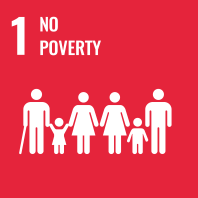
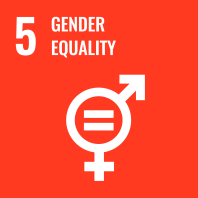
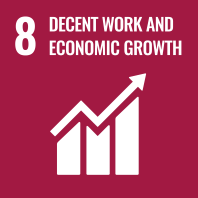
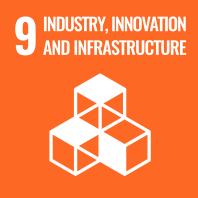
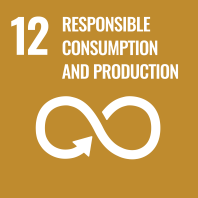
The initiative involves consultations between partner LDCs, their national experts, donors, South-South cooperation actors, and other international agencies, within the framework of the regular WTO Cotton Days thematic sessions.
Collectively, the WTO, UNCTAD and ITC are working to build a network for efficient coordination of research, stakeholder engagement, consensus-building and technical cooperation.
The initiative has two main phases:
- Phase 1: feasibility assessment work, conducted in 2019-2020 and coordinated by the WTO Secretariat, aimed at supporting a needs assessment exercise conducted by partner LDCs
- Phase 2: implementation work, to be led by UNCTAD and ITC, based on funding availability, to carry out capacity building and technical assistance activities.
Members' experiences with cotton by-products development
| C-4 - Benin, Burkina Faso, Chad, Mali | |
| Brazil | |
| Cameroon | |
| China | |
| European Union | |
| Mozambique | |
| Tanzania, Uganda, Zambia, Zimbabwe | |
| Turkey | |
| United States | |
| Uganda |
Feasibility assessment work
The WTO Secretariat has coordinated work under phase 1 (feasibility assessment) in five of the eight pilot LDCs(1) partnering in this phase, thanks to support by the Enhanced Integrated Framework (EIF). The feasibility studies have been conducted by national consultants in the partner LDCs and reviewed by experts and stakeholders at national validation workshops in September and October 2020.
Feasibility studies and other key knowledge products developed during phase 1:
Feasibility studies
- Benin
- Burkina Faso
- Chad
- Mali
- Mozambique
- All UNCTAD studies and analyses conducted in Tanzania, Uganda, Zambia and Zimbabwe: Promoting cotton by-products in Eastern and Southern Africa | UNCTAD
- ITC (December 2020): Beyond the fibre: Capturing cotton's full value in Africa
- EIF (September 2019): Unlocking the hidden value of cotton by-products in African least developed countries
- EIF (December 2020): How cotton and its by-products can help create resilience for African smallholders
What next?
Phase 2 proposal
In December 2020, ITC and UNCTAD submitted a proposal on implementing capacity building and technical assistance activities to help LDCs reach new markets for cotton products, including by-products. The proposal is available for consultation here: Cotton by-product development in African LDCs.
Draft General Council Declaration on support for cotton by products development in LDCs
The C-4 and Côte d'Ivoire, on behalf of all African cotton-producing countries, have circulated a draft General Council Declaration on support for cotton by‑products development in developing countries and especially in LDCs.
Footnote
- Benin, Burkina Faso, Chad, Mali, Mozambique, Tanzania, Uganda and Zambia. Back to text
Useful links
- Promoting cotton by-products in Eastern and Southern Africa | UNCTAD
- How cotton and its by-products can help create resilience for African smallholders | Trade 4 Dev News (enhancedif.org)
- Beyond the fibre: Capturing cotton's full value in Africa
- Unlocking the hidden value of cotton by-products in African least developed countries
- Flyer
- Video of Partners' Conference on support for cotton and cotton by-products development (October 2019)
- Cotton portal
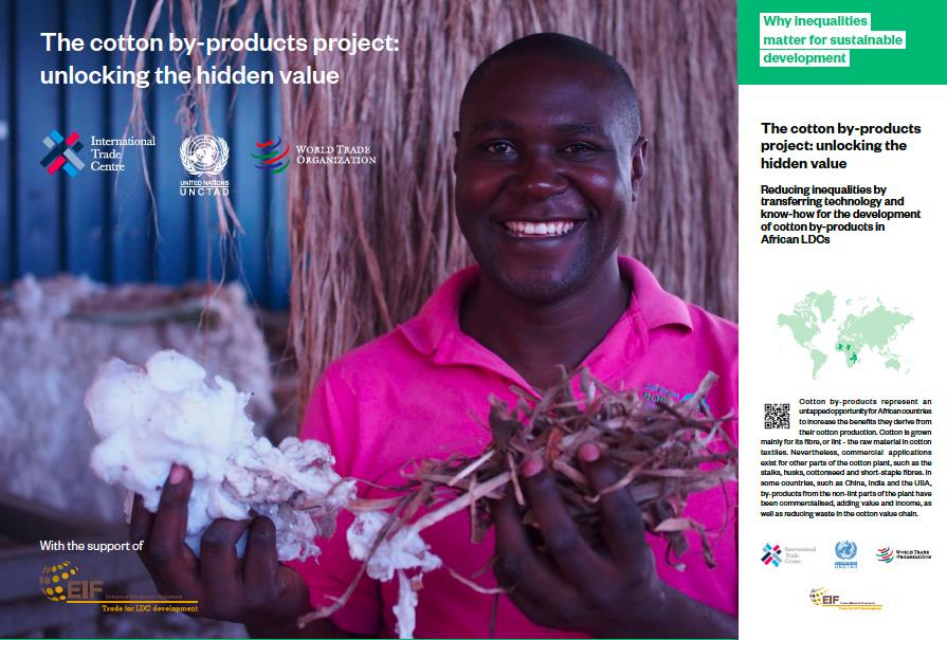
Share
Problems viewing this page? If so, please contact [email protected] giving details of the operating system and web browser you are using.
